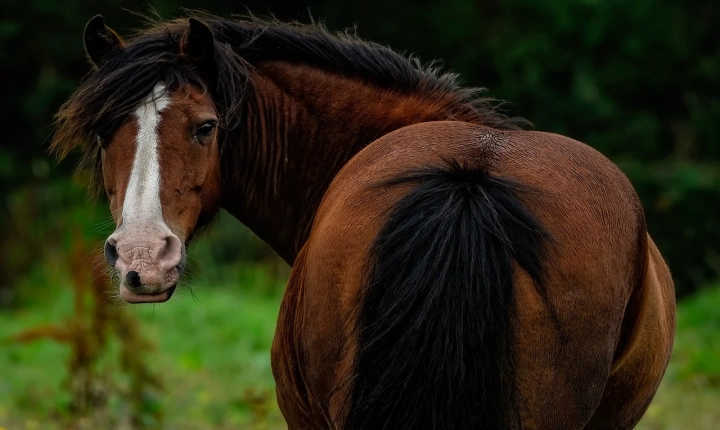Title: Can AI Take Over Graphic Design? Exploring the Role of Artificial Intelligence in the Creative Industry
In recent years, advances in artificial intelligence (AI) have sparked a conversation about its potential to revolutionize various industries. From healthcare to finance, AI is increasingly being integrated into everyday processes to enhance efficiency and productivity. However, as AI technologies continue to evolve, there is a growing concern about the impact they may have on creative fields, particularly graphic design.
Graphic design has traditionally been a highly creative and human-centered profession, relying on the unique vision, intuition, and artistic skills of designers. The ability to convey emotions, tell stories, and create compelling visuals has always been considered a uniquely human capability. However, with the advent of AI-powered design tools and algorithms, the question arises: can AI take over graphic design?
AI in Graphic Design: Current Capabilities and Limitations
AI has made significant strides in automating certain aspects of graphic design. From generating logo designs to creating personalized marketing materials, AI-powered design platforms can now assist designers in various tasks. These tools leverage machine learning algorithms to analyze design patterns, understand user preferences, and generate visually appealing content.
One of the key strengths of AI in graphic design lies in its ability to process vast amounts of data and identify trends and patterns. This enables AI to create designs that are tailored to specific target audiences, taking into account factors such as demographics, consumer behavior, and market trends. Additionally, AI can facilitate rapid iteration and customization, allowing designers to explore a wide range of concepts and variations in a fraction of the time it would take manually.
However, while AI has shown promise in automating certain design tasks, it also has notable limitations. AI lacks the human touch, creativity, and emotional intelligence that are essential for creating designs with depth, originality, and cultural sensitivity. Design is a deeply human process, driven by empathy, intuition, and the ability to connect with audiences on an emotional level – qualities that AI struggles to emulate.
The Role of AI in Enhancing Creativity in Graphic Design
Rather than viewing AI as a threat to the graphic design profession, many industry experts see it as a tool that can augment and enhance human creativity. AI can be used to automate repetitive and time-consuming tasks, allowing designers to focus on more strategic and concept-driven aspects of the creative process. By leveraging AI to handle mundane tasks, designers can free up valuable time to experiment, innovate, and push the boundaries of their creativity.
Moreover, AI can serve as a source of inspiration and assist in the ideation phase of design projects. By analyzing large datasets of visual content, AI can identify emerging design trends, recommend color palettes, and offer design suggestions that designers can use as starting points for their work. This collaboration between human designers and AI can lead to more informed, data-driven design decisions while retaining the essence of human creativity.
The Future of Human-Centric Design
As the capabilities of AI in graphic design continue to evolve, it is clear that the future of design will be shaped by a partnership between human creativity and AI-powered tools. While AI can streamline certain aspects of the design process, it is unlikely to replace the need for human designers. The human element – the ability to think critically, solve complex problems, and infuse designs with emotion and meaning – will remain invaluable in the creative industry.
Ultimately, the integration of AI in graphic design offers an opportunity for designers to embrace new technologies, expand their skill sets, and unlock new possibilities for creative expression. By leveraging AI as a complement to their creative process, designers can harness the power of data, automation, and intelligent insights while preserving the essence of human-centric design.
Conclusion
The rise of AI in graphic design presents both opportunities and challenges for the creative industry. While AI has the potential to automate routine design tasks and enhance efficiency, it cannot replace the intuition, empathy, and originality that are intrinsic to human creativity. The future of graphic design lies in the collaboration between human designers and AI-powered tools, enabling a fusion of data-driven insights and meaningful, emotive design. As the industry continues to evolve, it is essential for designers to adapt to these changes, embracing AI as a partner in the creative process while upholding the values of human-centric design.
